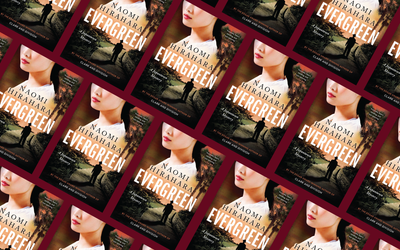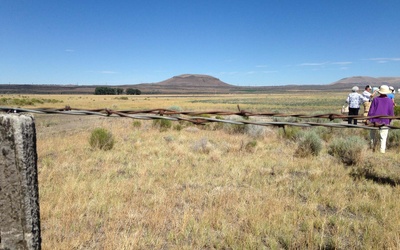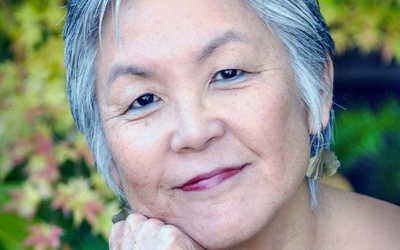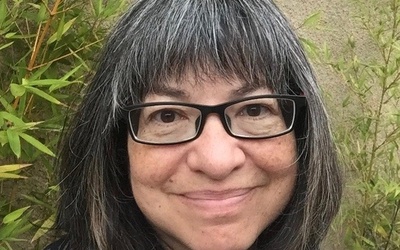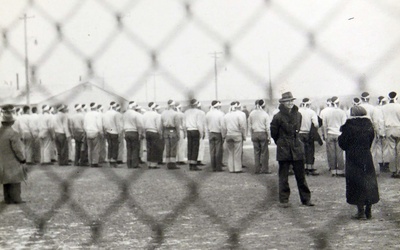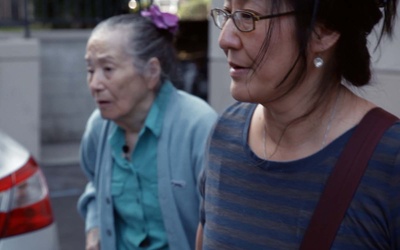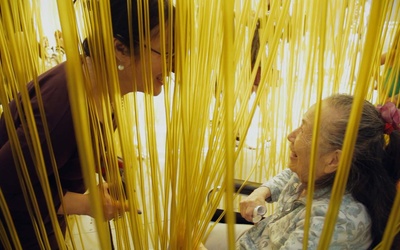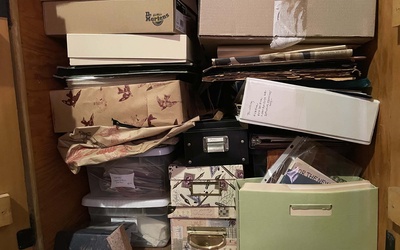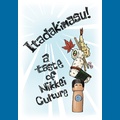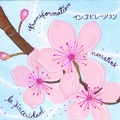
タミコ・ニムラさんは、太平洋岸北西部出身、現在は北カリフォルニア在住の日系アメリカ人三世でありフィリピン系アメリカ人の作家です。タミコさんの記事は、シアトル・スター紙、Seattlest.com、インターナショナル・イグザミナー紙、そして自身のブログ、「Kikugirl: My Own Private MFA」で読むことができます。現在、第二次大戦中にツーリレイクに収容された父の書いた手稿への自らの想いなどをまとめた本を手がけている。
(2012年7月 更新)
この執筆者によるストーリー
日系アメリカ人の歴史をどう記憶するか?子孫の視点から
2024年4月4日 • タミコ・ニムラ
以下は、2024 年 2 月にシアトルのプリマス教会で行った講演を基に編集したものです。こんにちは。皆さんと一緒にここにいられて光栄です。 私はタコマ出身のアジア系アメリカ人ライターで、フィリピン系アメリカ人と日本人アメリカ人のハーフです。全国日系アメリカ人追悼記念日を前に、今日ここに皆さんとご一緒できて、とても感慨深いものがあります。この追悼行事は、1978年の感謝祭の週末にシアトルで始まりました。アジア系アメリカ人の活動家グループ(その多くは第二次世界大戦中に投獄された…
平原直美が綿密に研究した戦後ミッドセンチュリーの日系アメリカ社会の謎
2024年3月14日 • タミコ・ニムラ
平原直美の最新小説、『エバーグリーン(Evergreen)』には幽霊が出てきます。彼女の小説、『クラークとディビジョン(Clark and Division)』の待望の続編です。 戦時中のマンザナーでの投獄とシカゴへの再定住を経て、現ナカソネことアキ・イトウとその家族は南カリフォルニアに戻り、多くの変化があった。幽霊にはいくつかの形があります。アキの亡くなった姉ローズの、忘れられないようにと願う声として。アキの442番目の退役軍人夫アート・ナカソネのPTSDとして。そして…
第二次世界大戦中の日系アメリカ人の強制収容を説明するために使用する言葉がなぜ重要なのか
2024年2月23日 • タミコ・ニムラ
バスの前方の窓からは、北カリフォルニアの暑く乾燥した夏の、何エーカーもの天日干しの草地が見えました。道路の両側には、私たちの家族の多くが何年もの間、武装した警備員と監視塔に囲まれ、プライバシーがほとんどない、タール紙でできた密集したバラックで暮らしていたのと同じ、有刺鉄線のフェンスが立っていました。 「皆さんの中で、第二次世界大戦以前、あるいは戦時中にここにいたことがある人は何人いますか?」とガイドが尋ねた。70代、80代、あるいはそれ以上の年齢の日系アメリカ人が数人手を挙…
「癒しと変化をもたらす金」:伊奈さつき博士との対談
2024年2月7日 • タミコ・ニムラ
イナ・サツキ博士とお話できることは、私にとって大変な名誉です。イナ博士は三世の活動家、セラピスト、コミュニティヒーラーであり、現在は回想録作家でもあります。 『The Poet and the Silk Girl: A Memoir of Love, Imprisonment and Protest』 (Heyday、2024年3月) この本は、第二次世界大戦中に両親が戦時中のヒステリー、投獄、人種差別、抵抗を乗り越えた際のさまざまなアーカイブや文書を使用した家族の回想録で…
養子として日系人として育つ ― 作家スーザン・イトウとの対話
2023年11月13日 • タミコ・ニムラ
私は10年近く前、ソーシャルメディアのサイトでスーザン・イトーと「出会い」、日系アメリカ人の作家やブロガー同士という共通点から親交を深めました。オンラインでの友情は時とともに深まりました。彼女がトゥーリー湖の巡礼で私の叔父ヒロシ・カシワギと会っていたことも知りました。そしてついに数年前、共通の友人とクッキーや手芸を楽しみながら直接会いました。スーザンが2023年に自伝『 I Would Meet You Anywhere』を出版し、自身のストーリーを語ってくれることをとても…
闘うアイルランド人― 映画監督シャロン・ヤマトとの対話
2023年10月17日 • タミコ・ニムラ
ウェイン・モーティマー・コリンズは私の家族にとって大切な人物です。私がこの勇敢で、生意気で、率直な弁護士について初めて知ったのは、叔父の柏木博の最初の著書『 Swimming in the American 』(2005年)を編集していた20年近く前でした。コリンズに捧げられた本を見て驚き、米国政府からの強い圧力を受けてアメリカ国籍を放棄した叔父がアメリカ国籍を取り戻すために奮闘した話を読みながら、彼について少し知りました。コリンズ氏に対する私の尊敬の念は、2014 年のト…
野生の知恵: 映画監督リア・タジリとの対話 — パート 3
2023年9月10日 • タミコ・ニムラ
パート2を読む>> TN:こうした遺物や家宝の不足によって生じる空白を埋めたり、沈黙に語りかけたりするために、アートを作っていると思いますか? RT:ええ、おそらくそうでしょう。父はたくさんの話をしてくれました。正直に言うと、その中には「何?」と思うような話もありました。私はまだ幼すぎて、その話のいくつかを受け止めることができませんでしたが、それらは私にとても強い印象を残しました。だから、その一部は、一体何だったのか…彼の重苦しい感覚を取り戻そうとしていたんだと…
野生の知恵: 映画監督レア・タジリとの対話 — パート 2
2023年9月3日 • タミコ・ニムラ
パート 1 を読む >> TN:回想録を書くとはどういうことか、考え始めています。自分(作家/語り手)がこの大きなものへの入り口であると強く感じています。でも、少なくとも、読者を自分の空間、自分の入り口に引き入れてからでないと、読者は大きなものに到達できません。でも、読者のために入り口をうまく準備できればできるほど、つながりも良くなり、関係も良くなります。 別のインタビューで、この映画を作ろうと決心したのはいつだったか、少し話していましたね。テンプル大学の学生た…
野生の知恵: 映画監督レア・タジリとの対話 — パート 1
2023年8月27日 • タミコ・ニムラ
レア・タジリ監督のドキュメンタリー『Wisdom Gone Wild』では、高齢の二世女性が車椅子で屋外に座っている。彼女の周りには金色の吹き流しのインスタレーションがたなびき、子供たちも一緒に走り回って遊んでいる。吹き流しと子供たちが彼女の世界の見方、そして彼女自身がこれまで見てきた世界を絶えず変えていくので、女性は大喜びで笑っている。その老女は認知症を患っており、タジリの母親でもある。この映画は、映画製作と介護という 2 つの非常に創造的なプロセスを再構築し、視聴者に、…
溜め込みに関するメモ
2023年6月7日 • タミコ・ニムラ
母によると、2016年に私の一番年上の二世の叔母が亡くなったとき、彼女の家の隣の納屋にたくさんの箱があったそうです。正確には、果物の木箱です。断熱材が入った波形の白いボール紙。上部には連結式のフラップがあり、バートレット梨、コンコードグレープ、フリーストーン桃の上と周囲に空気が循環するのに十分な大きさでした。フラップが所定の位置に固定されると、箱を閉じるのは楽しいですが、開けるのに少し苦労します。私たち収集家が本当に良い箱と認識するもの。しかし、叔母が残した箱は空だった。空…


